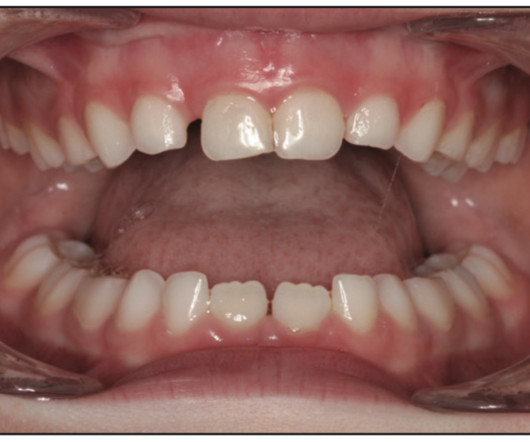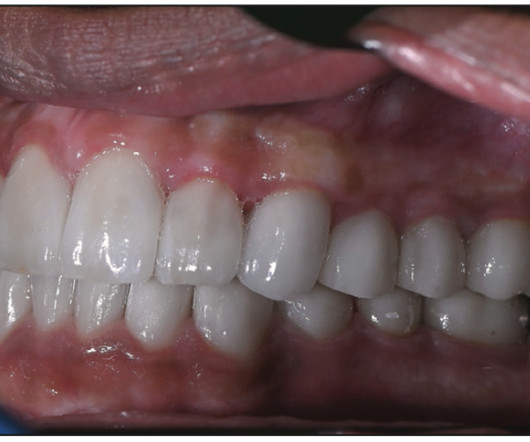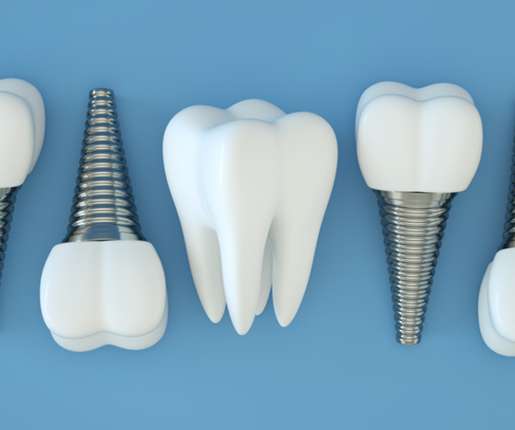Improving Patient Outcomes With a Multidisciplinary Approach
Dimensions of Dental Hygiene
MAY 24, 2021
Continue >> In patients with partially edentulous dentitions and reduced vertical bone height, orthodontic bodily tooth movement into constricted bone areas may be a possibility for space closure. . Improve esthetics. Continue >> Improving Patient Outcomes With a Multidisciplinary Approach.













Let's personalize your content